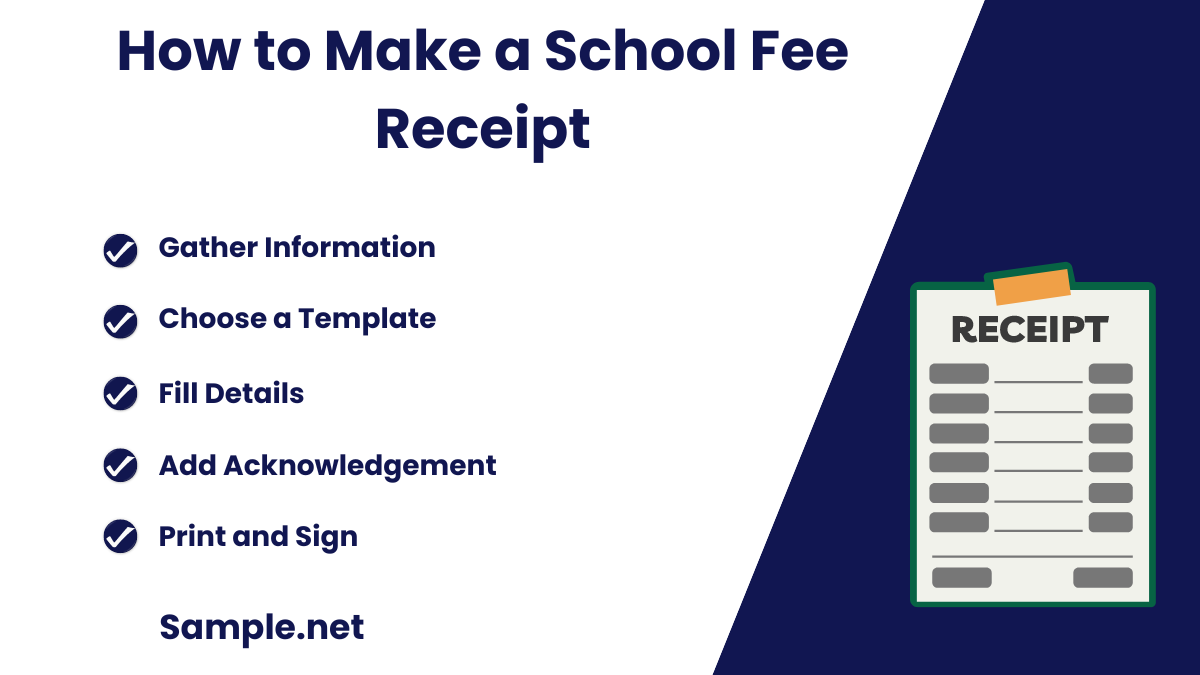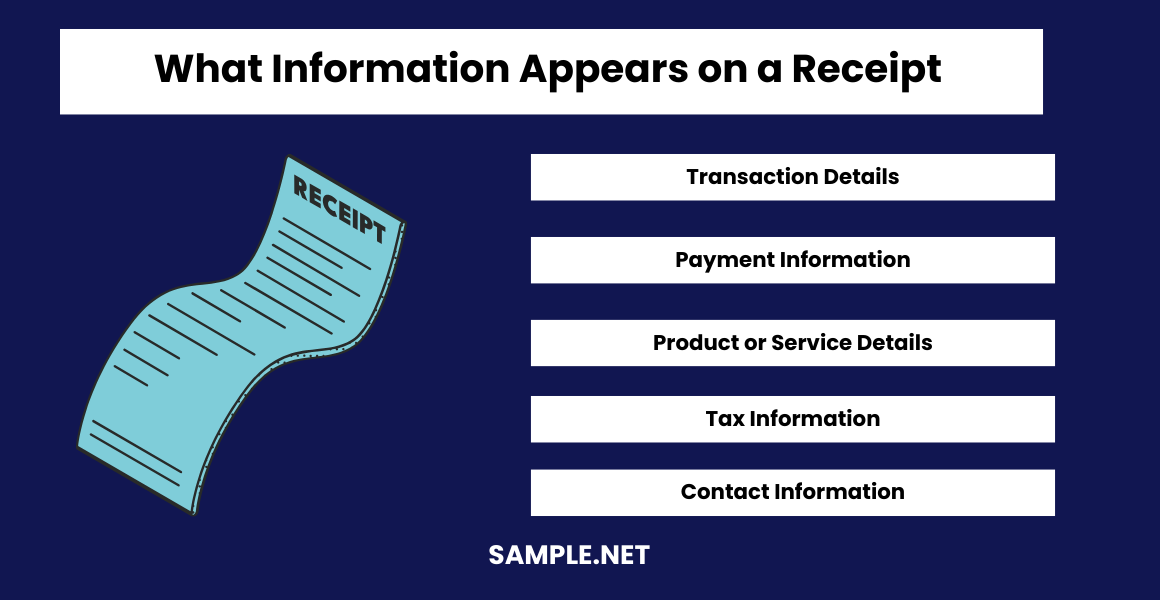School Fee Receipt Samples
-
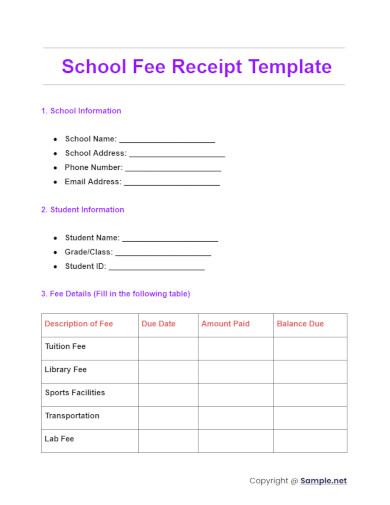
School Fee Receipt Template
download now -
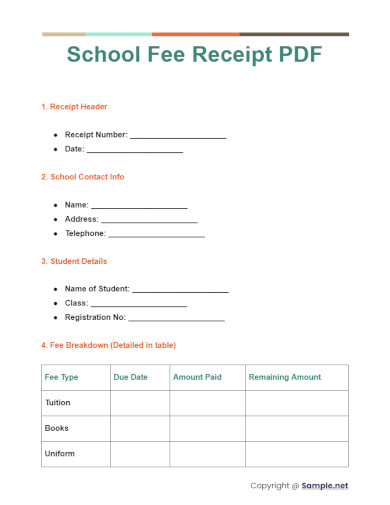
School Fee Receipt PDF
download now -
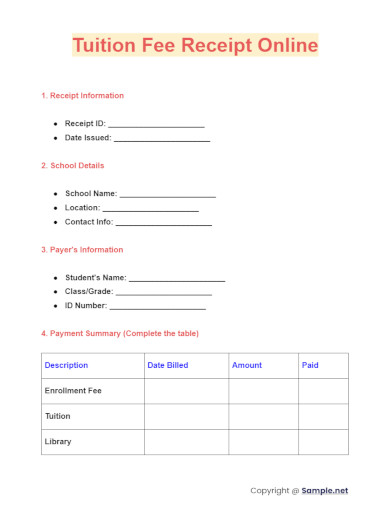
Tuition Fee Receipt Online
download now -
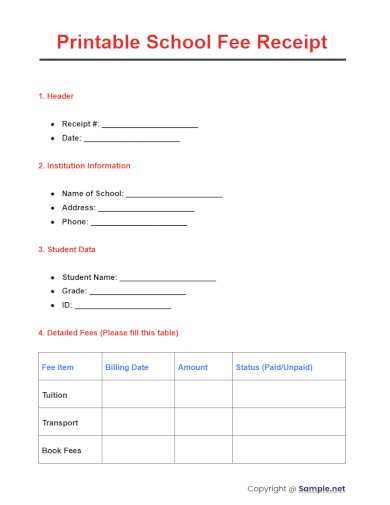
Printable School Fee Receipt
download now -

School Fee Receipt Template
download now -
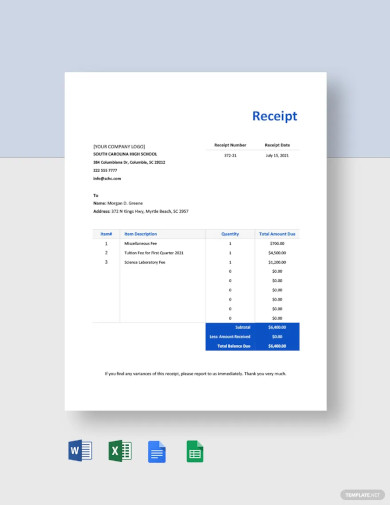
School Fee Payment Receipt Template
download now -
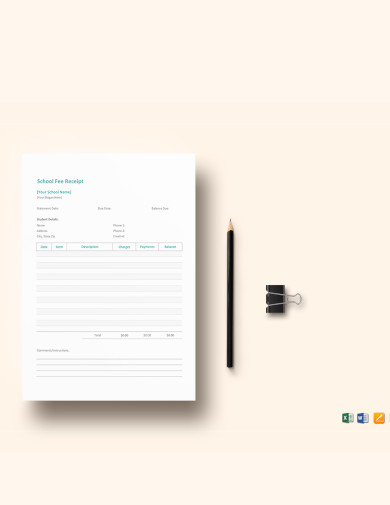
Sample School Fee Receipt Template
download now -
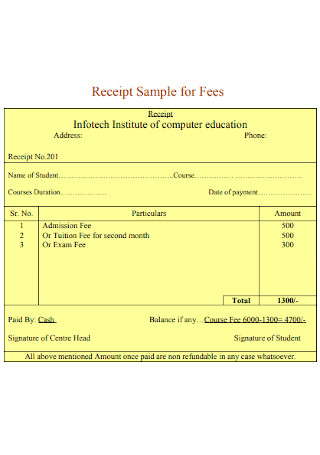
Sample School Receipt for Fees
download now -
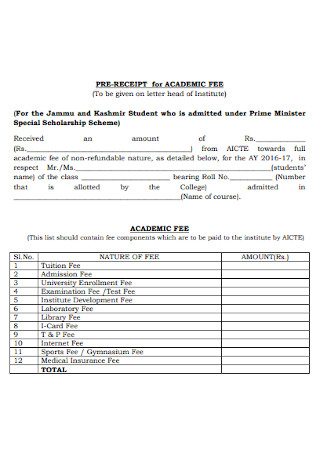
School Academic Fee Receipt
download now -

Duplicate School Fee Receipt
download now -
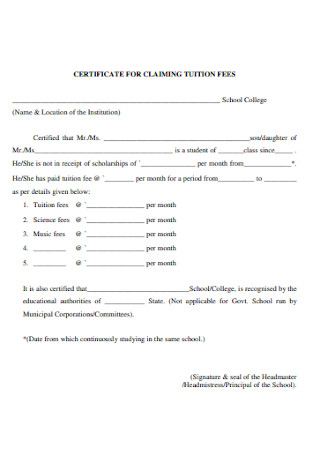
School Tuition Fee Receipt
download now -

High School Fee Receipt
download now -
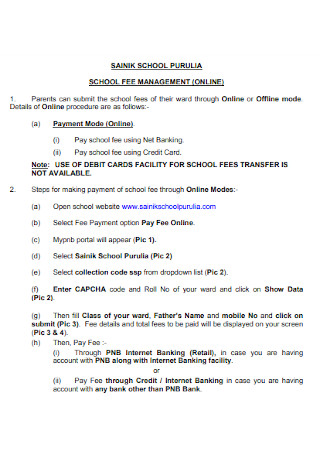
School Management Fee Receipt
download now -
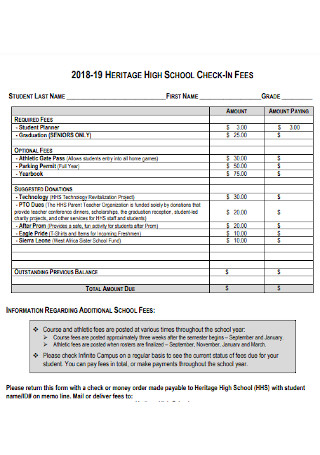
School Check-in Fees Receipt
download now -

School Certificate and Fee Receipt
download now -
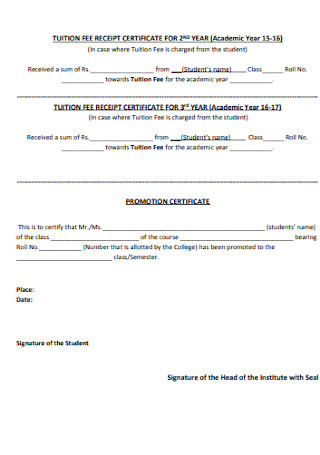
School Tuition Fee Receipt
download now -
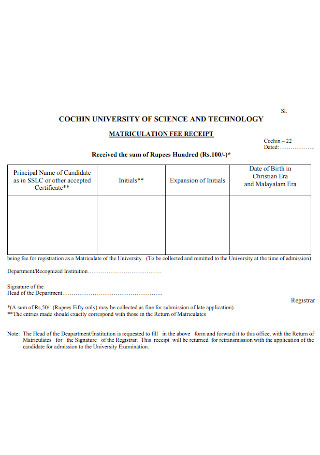
Matriculation for Fee Receipt Template
download now -
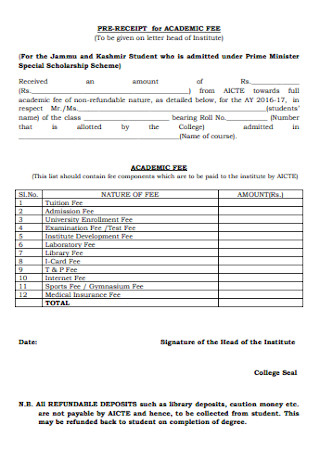
Academic Fee Receipt Template
download now -
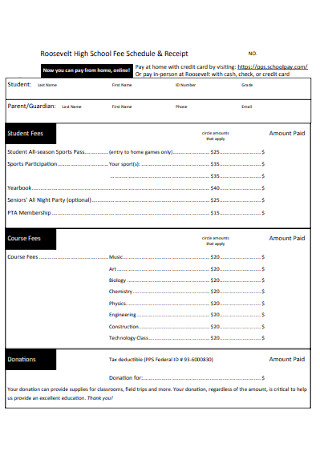
High School Fee Schedule and Receipt
download now
FREE School Fee Receipt s to Download
School Fee Receipt Format
School Fee Receipt Samples
What Are School Fee Receipts?
Why Is a School Fee Receipt Essential?
The Building Blocks of a School Fee Receipt
How to Make a Proper School Fee Receipt
How long should you keep receipts?
What are the common expenses of students?
What are the common types of school receipts?
How to Make a School Fee Receipt
What is the Main Purpose of a Receipt?
How to Generate a Payment Receipt
What Information Appears on a Receipt?
What Information is Required on a Receipt?
How to Generate a Receipt Online
How to Issue a Receipt
What is a Fee Payment Receipt?
How Do You Ask for a Fee Receipt?
Is a Receipt a Proof of Payment?
Is the Admission Fee Refundable?
What App Can I Use to Create a Receipt?
Is a Receipt Legally Required?
How Do I Prove a Payment Without a Receipt?
Download School Fee Receipt Bundle
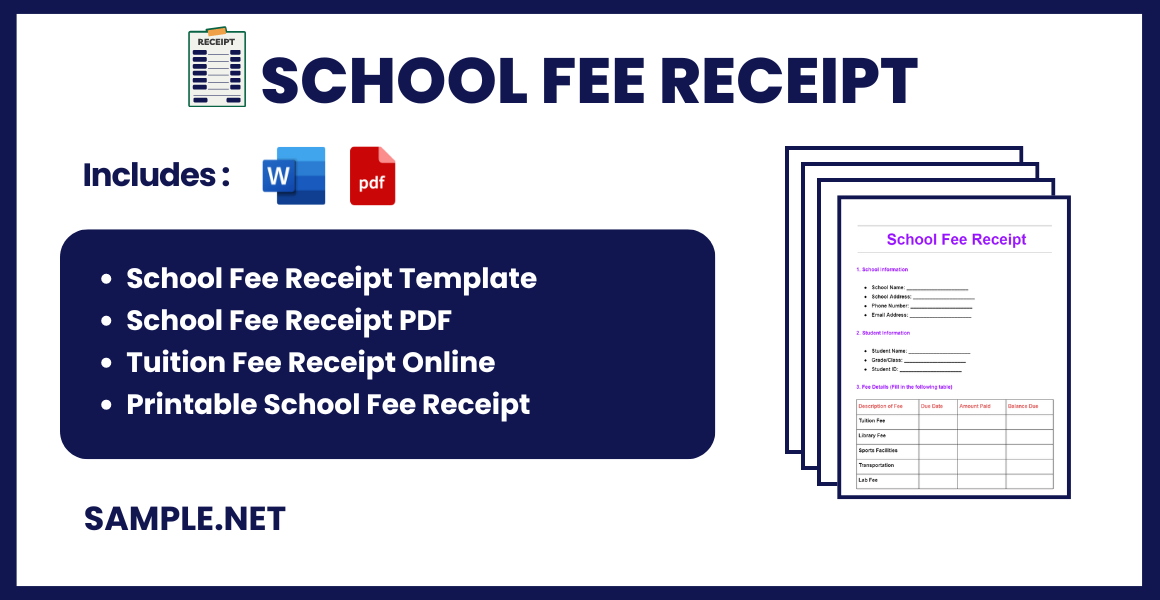
School Fee Receipt Format
School Name Address Phone Number Email
Receipt Number: [Unique Number] Date: [DD/MM/YYYY]
Received From:
- Student’s Name: [Full Name]
- Class/Grade: [Class/Grade]
- Parent/Guardian Name: [Name]
Payment Details:
- Amount Received: [$ Amount]
- Payment Method: [Cash/Cheque/Card/Online Transfer]
- For the Term: [Specify Term or Month]
Description:
- Details of Fee Components:
- Tuition Fee: [$ Amount]
- Library Fee: [$ Amount]
- Lab Fee: [$ Amount]
- Other Fees: [$ Amount]
Received By:
- Name and Signature:
- Position:
What Are School Fee Receipts?
A school fee receipt is like any business receipt where it acknowledges a transaction between a payer (the one who pays) and a payee (the one to whom money is paid). But, school fee receipts focus primarily on school fee-related transactions such as tuition fees, admission fees, school supplies fees, and the like. And the receipt notifies each party that a successful exchange of products and services happened through a payment.
EducationData reported that national private schools have an average yearly tuition of $12,350.
Why Is a School Fee Receipt Essential?
Every time a purchase is made, a receipt is automatically given to the customer. But why is a school fee receipt important in the first place? In this segment, you will learn the significant reasons that prove how vital these receipts are.
Detailed Documentation of Transactions
When it comes to asking who paid for a school fee, when was the payment conducted, or what specific school fee was paid, a school fee receipt works as the answer sheet of the important questions related to school fee transactions. You can always refer to the details in the receipt since loads of data are being documented there. So if ever you forget how much the payment was or when a transaction was done, check the details in the school fee receipt rather than guessing the answers. You should also take a look at our Honorarium Receipt
Legal Evidence
Did you know that receipts are useful for circumstances that lead to litigation or court? An example is when one party does not believe that you paid for something and asks for your payment. So to prove that you actually made a purchase, use the official receipt as proof of the transaction and the case will be closed. So do not easily lose your copies of school fee receipts as you never know when you might face a dispute where those documents can save you. You should also take a look at our Hotel Receipt
Payment for the Right Intentions
School fee receipts confirm what was paid. For example, a student might lie to her/his/their parents that school supplies worth $100 were already paid. But in reality, the school supplies cost $50 only. Thus, the student kept the remaining $50 for personal expenses. Parents deserve to know the truth of the amount and for which payment it is for in the purchase receipt. Also, the receipt displays if the payment led to the right intentions because maybe only school supplies were paid yet the goal all along was for the term fee. Hence, review the details in the receipt if no error was made. You should also take a look at our Car Receipt
Confirmation and Conclusion of a Transaction
A receipt naturally confirms and concludes a transaction. So right after a monetary exchange is made, the receipt is given to the recipient. And that is also how school fee receipts work because receiving the receipt marks the end of a transaction. However, some school fees may be presented in a bill invoice. And a document presented in bill format means it is given before a payment is even made. Thus, receipts conclude a transaction while bills and invoices open a transaction. You should also take a look at our Insurance Receipt
Copies for Both Payers and Payees
There is fairness when it comes to producing school fee receipts because both the payers and the payees receive their own copies. So whenever a payer loses a copy of a receipt, the payee can provide it anytime. And having copies for both copies is necessary in case one party prints a fake receipt. Thus, the other party with the original copy knows that a copy is fake by comparing it to the original one. Everything will be fine if each party safeguards their copies of the receipts. You should also take a look at our Sale Receipt
The Building Blocks of a School Fee Receipt
A tiny school fee receipt can have tons of important details. And are you wondering what makes up a standard school fee receipt? Albeit receipts differ in format and layout, the average school fee receipt contains the following components:
How to Make a Proper School Fee Receipt
While a school fee receipt’s definition, importance, and building blocks are clear, apply your knowledge further by making the receipt itself. Just like any type of receipt, school fee receipts are easy to create. And these are the only few steps you need to master it:
-
Step 1: Know Your Purpose and Set the Receipt Outline
Don’t make a receipt simply to make it look like any legitimate type of receipt. Instead, focus on making that receipt relevant to your purpose, meaning it should be presented according to how your idea of a school fee receipt should be. The key is to draft your receipt’s outline from what you wish to present first until the bottom part of the paper. However, keep the outline seamless because you would not want to present the specifics of the payment amount right away without introducing the payer, payee, etc. You should also take a look at our Money Receipt
-
Step 2: Edit a Sample School Fee Receipt Template
What is guaranteed to make the process easy is by using the list of school fee receipt samples enlisted above this article. Pick a sample template of your choice such as a basic blank school receipt template, college tuition invoice template, kindergarten school fee template, and more related printable samples up for grabs. Then, you can work on your template by customizing it according to your drafted outline earlier. With a clear purpose in mind and a template for reference, rest assured, you would know how to produce a stellar school fee receipt layout. You should also take a look at our Donation Receipt
-
Step 3: Insert the Building Blocks of a School Fee Receipt
A school fee receipt would not be complete without its building blocks, as previously discussed. Be sure to add the title, unique serial number, until the signature section to complete your receipt. But if you wish to add extra details that are relevant to your receipt, you can definitely do that. What matters the most is that the important information is indicated so that you won’t fail at delivering the school fee receipt’s function. Also, arrange every component you insert wherein you can transition each detail smoothly. You should also take a look at our Collection Receipt
-
Step 4: Keep the Document Readable and Organized
Review your document if everything is readable and presented in an organized manner. Maybe you need to add further texts in the receipt to make it more understandable for the public. That also has to do with how much spacing was given per detail and if you used visual organizers to layout the data clearly. Besides the texts and numbers in a receipt, there will likely be tables, graphs, and pie charts for an easy-to-follow structure in the data. Hence, use the appropriate systems to keep the whole receipt organized. You should also take a look at our Loan Receipt
-
Step 5: Validate the Data from Critical Info to the Signature
Make fact-checking a habit. The last thing you want to make is to produce receipts with faulty information. Make sure you have properly labeled which part to input the payer’s name, name of the purchase, payment amount, and the rest of the details. Also, signatures from whoever is in charge of the transaction should be evident to make the receipt credible. After a thorough evaluation sheet of the receipt’s overall content, only push through with it when you are confident that everything is accurate and complete. You should also take a look at our Vehicle Receipt
How long should you keep receipts?
All sorts of receipts, including school fee receipts, must be kept for at least three years. As you recently get the receipt, it may be needed within those first three years. However, you may throw them out after those years, especially if you feel that they are no longer needed. You should also take a look at our
What are the common expenses of students?
Students deal with school fees most of their time. But generally, students are concerned with these main expenses: tuition, room rental, books or school supplies, equipment, transportation, school activity fees, and personal expenses. You should also take a look at our Payroll Receipt
What are the common types of school receipts?
The common types of receipts under school receipts are payment receipts, collection receipts, donation receipts, and delivery receipts.
How to Make a School Fee Receipt
Creating a school fee receipt is essential for both tracking payments and providing proof of payment to students and parents.
- Gather Information: Collect all necessary data, including student’s name, ID, and payment details.
- Choose a Template: Use a school fee receipt template or create one in a document software.
- Fill Details: Enter the payment amount, date, and purpose.
- Add Acknowledgement: Include an Acknowledgement Receipt section where the receiver acknowledges the amount received.
- Print and Sign: Ensure the receipt is signed by the authorized personnel. You should also take a look at our Property Receipt
What is the Main Purpose of a Receipt?
A receipt acts as proof of transaction between two parties, ensuring transparency and accountability.
- Proof of Payment: Validates that money has exchanged hands.
- Record Keeping: Serves as a record for financial accounting.
- Tax Purposes: Necessary for tax filings and audits like Advance Receipt.
- Legal Evidence: Can be used as evidence in disputes.
- Customer Assurance: Provides customers with peace of mind and transaction details. You should also take a look at our House Rent Receipt
How to Generate a Payment Receipt
Generating a payment receipt is straightforward and aids in maintaining accurate financial records.
- Select Software: Use accounting software or online platforms.
- Input Data: Enter the payer’s details, amount, and date.
- Choose Receipt Type: For instance, select Cash Receipt specifically for recording received payments.
- Customize Format: Tailor the Receipt Form to include all necessary details.
- Issue Receipt: Print or email the receipt to the payer. You should also take a look at our Travel Receipt
What Information Appears on a Receipt?
A receipt includes specific details to confirm the transaction occurred.
- Transaction Details: Date, time, and location of the transaction.
- Payment Information: Amount paid and payment method.
- Product or Service Details: Description of the product or service purchased.
- Tax Information: Applicable taxes such as on Taxi Receipt.
- Contact Information: Business contact details and customer information. You should also take a look at our Equipment Receipt
What Information is Required on a Receipt?
Certain information is essential for a receipt to be considered valid and complete.
- Business Details: Name and address of the issuing business.
- Customer Info: Customer’s name and contact details.
- Itemization: Detailed list of services or goods, like in Hospital Bill Receipt.
- Amounts: Total amount, including taxes and discounts.
- Authorization: Signature or stamp of the business representative. You should also take a look at our Petty Cash Receipt
How to Generate a Receipt Online
Online receipt generation is an efficient way to produce receipts quickly and securely.
- Choose an Online Service: Select a reliable online receipt generator.
- Enter Transaction Details: Input all pertinent transaction information.
- Customize the Layout: Adjust the template to suit your needs, such as adding a section for Rent Receipt.
- Preview and Adjust: Review the receipt and make any necessary changes.
- Download or Send: Download the generated receipt or send it directly via email. You should also take a look at our Gift Receipt
How to Issue a Receipt
Issuing a receipt is a crucial step in confirming a transaction has been completed satisfactorily.
- Record Transaction Details: Document the nature and date of the transaction.
- Include Payment Details: Note payment methods and amounts, similar to issuing a Monthly Rent Receipt.
- Verify Information: Double-check all entered information for accuracy.
- Sign and Seal: The receipt should be signed by the issuer.
- Distribute Receipt: Provide the customer with a physical or digital copy. You should also take a look at our Bill Receipt
What is a Fee Payment Receipt?
A fee payment receipt is a document that confirms payment has been made for educational expenses, similar to a Salary Receipt for wages.
How Do You Ask for a Fee Receipt?
Politely request a fee receipt post-payment, especially in formal settings like schools where a Medical Receipt might also be standard.
Is a Receipt a Proof of Payment?
Yes, a receipt serves as proof of payment, essential for transactions like a Vehicle Sale Receipt to verify exchange details.
Is the Admission Fee Refundable?
Admission fees are typically non-refundable, except under specific conditions outlined in the Real Estate Receipt for property bookings.
What App Can I Use to Create a Receipt?
For creating a receipt, apps like QuickBooks or Zoho Invoice are ideal, allowing customization similar to a Rental Receipt.
Is a Receipt Legally Required?
In many transactions, such as those involving a Used Car Sales Receipt, issuing a receipt is legally required to document the sale.
How Do I Prove a Payment Without a Receipt?
Without a receipt, proving payment can be challenging but possible through bank statements or a Delivery Receipt if goods were shipped.

